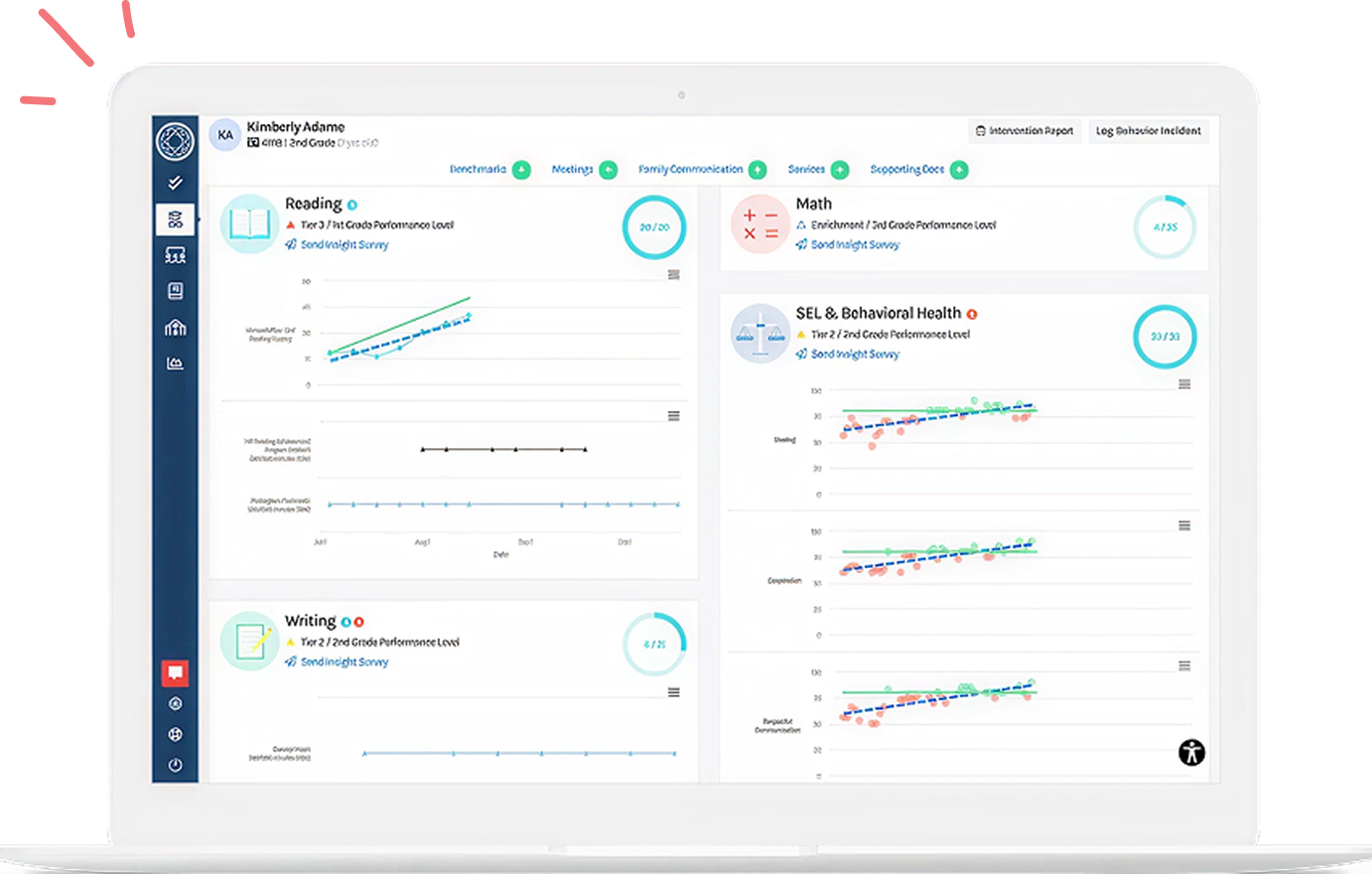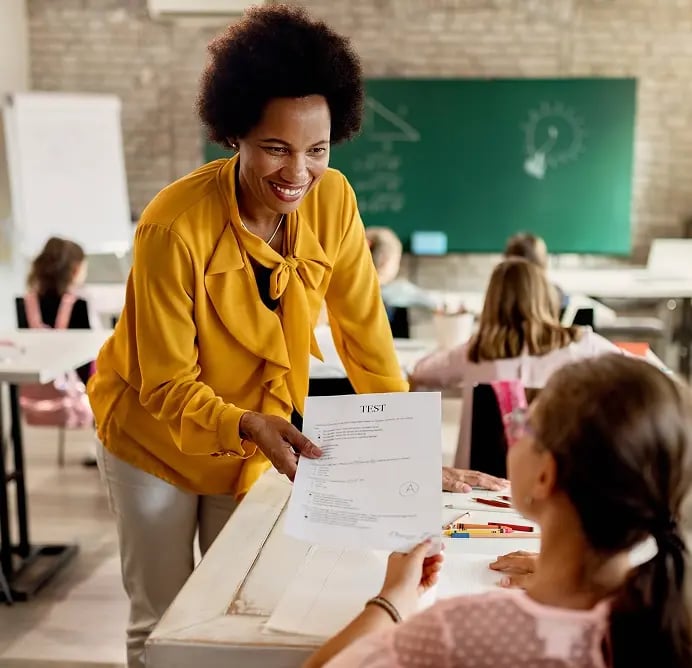The culture of a school isn’t just set by policies, staff, or curriculum. At its core, it’s built through the daily interactions and experiences shared by those who spend the most time there: the students. When students are given the opportunity to take an active role in shaping their environment, the results can be far-reaching.
Tips for Empowering Students to Shape School Culture |
|
Recently, on our 100th Episode of the Schoolin’ Around podcast, we chatted with author and speaker Jarred Scott. He and his team lead the Culture Shift Tour, a movement that empowers students to lead meaningful change in their own school environment.
🎧 Listen to the 100th Schoolin Around Podcast episode, Leading With Vulnerability: Changing the Way We Support Students
Why Student Voice Matters
Students experience school life in ways that adults can’t always understand. They face challenges unique to their generation, like navigating social media and balancing increasing academic pressures with mental health. Despite these challenges, students have incredible insights into what their school needs to feel safe and supportive.
When leaders actively listen to students and invite them to share their concerns, ideas, and aspirations, it signals respect. Schools flourish when students know their input matters and feel encouraged to take ownership of their environment.
How Students Influence School Culture
When students take an active role in shaping their school’s culture, they become leaders and catalysts for change within their community. Here's how utilizing the leadership of students can revolutionize a school:
✅ Ownership Leads to Responsibility
When students are part of decisions that affect the school culture, they feel responsibility for their community. They are more likely to uphold the values they helped create and encourage others to do the same.
🗣️ Being Honest Drives Engagement
Students thrive in environments that reflect their realities.
🫶 Relatable Solutions
Students understand what will resonate with their peers. Whether it’s a social campaign, an afterschool program, or a mental health resource, their involvement ensures solutions are practical and meaningful.
The Role of Leadership in Listening
For students to influence school culture, leaders must first commit to listening. Standing at the front of the room isn’t enough. Leadership means creating spaces where students feel empowered to speak and then following through with their suggestions.
Here’s what effective listening from leaders looks like:
- Create Open Channels for Communication: Regular opportunities—like student councils, town hall meetings, or even anonymous suggestion boxes—allow students to share their views openly.
- Recognize and Value the Contributions of All Students: Every student has a unique story. Leaders need to listen not just to the most vocal students, but also to those who may feel overlooked.
- Model Vulnerability: Being honest about challenges and uncertainties as leaders shows students it’s okay to be human. This builds trust and encourages open, authentic dialogue.
💡Resource: How Leaders Use MTSS Data to Drive School Improvement
Practical Steps to Build a Student-Led Culture
If schools want to leverage the power of student voices, here are a few actionable steps to get started:
- Ask and Listen
Start a conversation with your students. Encourage them to share what they feel is working in the school and where they see the need for improvement. Surveys, discussions, or one-on-one check-ins can all create opportunities for valuable insights. - Collaborate on Solutions
Invite students to identify problems and work alongside staff to solve them. Whether it’s naming challenges with bullying, tackling mental health concerns, or improving inclusivity, teamwork ensures solutions reflect everyone’s needs. - Offer Leadership Opportunities
Create leadership programs, clubs, or initiatives that allow students to take the lead, like organizing a school event or starting a peer support group. These experiences help students make a real impact while learning valuable skills. - Connect with the Wider Community
Engaging families, local businesses, and nonprofits in the process can expand resources and dismantle barriers in achieving school goals. When students see their ideas influencing both their school and broader community, the results can be life-changing.
The Power of Hope and Action
A positive school culture doesn’t just happen; it’s created intentionally, and one of the most important steps in this process is listening to the voices of students. Every challenge in a school environment is an opportunity in disguise. By listening to students and involving them meaningfully in shaping their environment, we aren’t just fostering better schools—we’re shaping future leaders.
|
|
|
|
|
|
Students are the heartbeat of a school's culture and can also be its architects when given the chance. Leaders play a critical role by listening, guiding, and supporting them, setting the stage for lasting transformations. The strongest school communities are born when students feel seen, heard, and supported in making their voices a catalyst for change.
Deepen Your Understanding of Empowering Students with
|

About the author
Larissa Napolitan
Larissa Napolitan is the Content Marketing Manager for Branching Minds and the host of Branching Minds' podcast "Schoolin' Around." As a former middle school English teacher and instructional coach, she has over 13 years of experience building systems for improvement, training and coaching teachers in new technology and instructional methods, and leading efforts to build curriculum and literacy initiatives. She holds Masters's degree in Curriculum and Instruction and Education Administration from Emporia State University. She is passionate about telling the stories of educators and all that they do to support students.

Your MTSS Transformation Starts Here
Enhance your MTSS process—book a Branching Minds demo today



.png?width=2258&height=412&name=Leading%20With%20Vulnerability%20Changing%20the%20Way%20We%20Support%20Students%20(Podcast).png)





